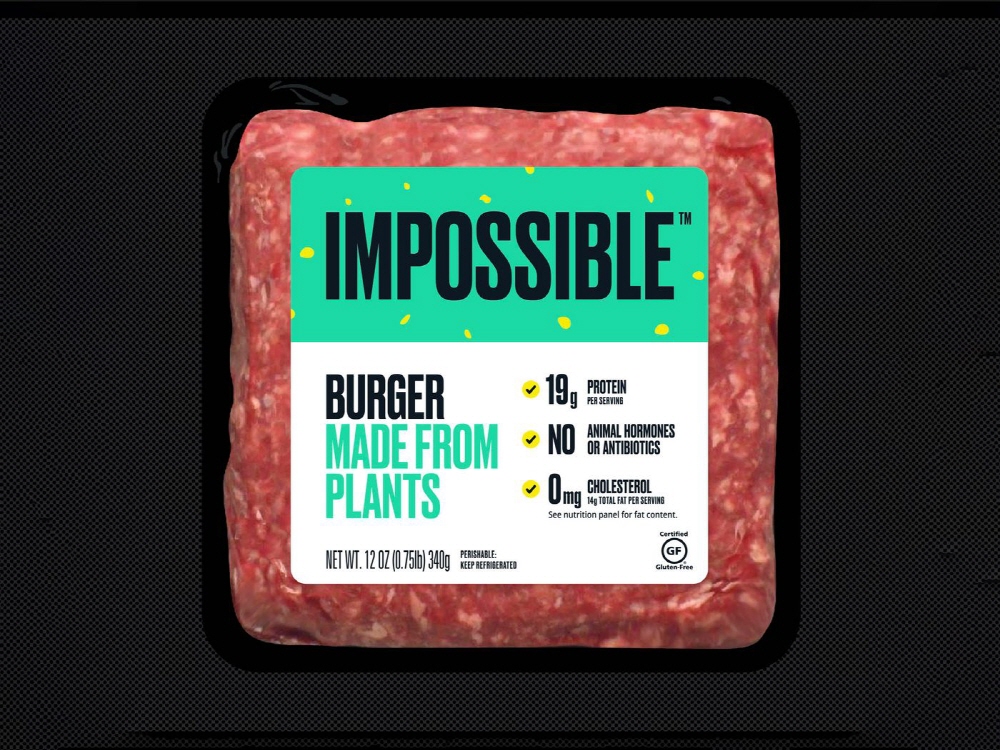
Plant-based alternative meat reproduces the taste and texture of real meat at the molecular level, and the nutritional information such as protein and fat is almost identical to that of real meat. However, as a result of analyzing meat and substitute meat using a more advanced nutritional analysis method than usual, it was confirmed that both sides have their own nutritional strengths.
As awareness of food problems and the environment increases, alternative meats such as Impossible Burger and Beyond Burger are attracting a lot of attention, and opportunities to be served on the table are increasing. Meat substitute manufacturers are conducting various studies such as using plant-based raw materials as close to the taste of meat as possible, using leghemoglobin and berry pigment contained in soybeans for a red color, or using dietary fiber such as cellulose to create a texture of meat fiber. In addition, it is said that there are many things that are not inferior to real meat in terms of nutrition by adding plant proteins such as beans and peas and fortifying vitamins and minerals.
To determine whether these nutritional substitutes are like real meat, a team of physiology researchers at Duke University conducted a detailed analysis of 18 popular plant-based alternatives and 19 samples of grass-fed beef raised on American ranches.
What the research team used is an analysis technique called metablomics that covers and investigates metabolites generated by biological cell activity. Half of the metabolites in human blood are thought to be derived from food, and they play an important role in human life, such as energy conversion and intercellular communication.
As a result of examining 36 samples using Metablomix, the research team found that there was a significant difference between beef and meat substitutes in 171 of the 190 metabolites analyzed. Specifically, 22 metabolites contained in beef were not included in the substitute meat, whereas the substitute meat contains 31 metabolites that are not in beef. In addition, although all of them were included, there were 51 types of nutrients that were overwhelmingly rich in beef, and 56 types of nutrients that were abundant in substitute meat.
Representative of the nutrients contained only in real beef are the antioxidant Allantoin, anserine, cysteamine, and the unsaturated fatty acid DHA (Docosahexaenoic acid). Conversely, antioxidants such as 3-hydroxyanthranilic acid, ascorbic acid called vitamin C, sitosterol, was included only in substitute meat.
What is important to consumers is that they should not be considered as substitutes for foods of animal or plant origin. In other words, it doesn’t mean that one is better than the other. Plant and animal foods are complementary to each other to provide different nutrients, emphasizing the importance of a balanced diet. Related information can be found here.


















Add comment